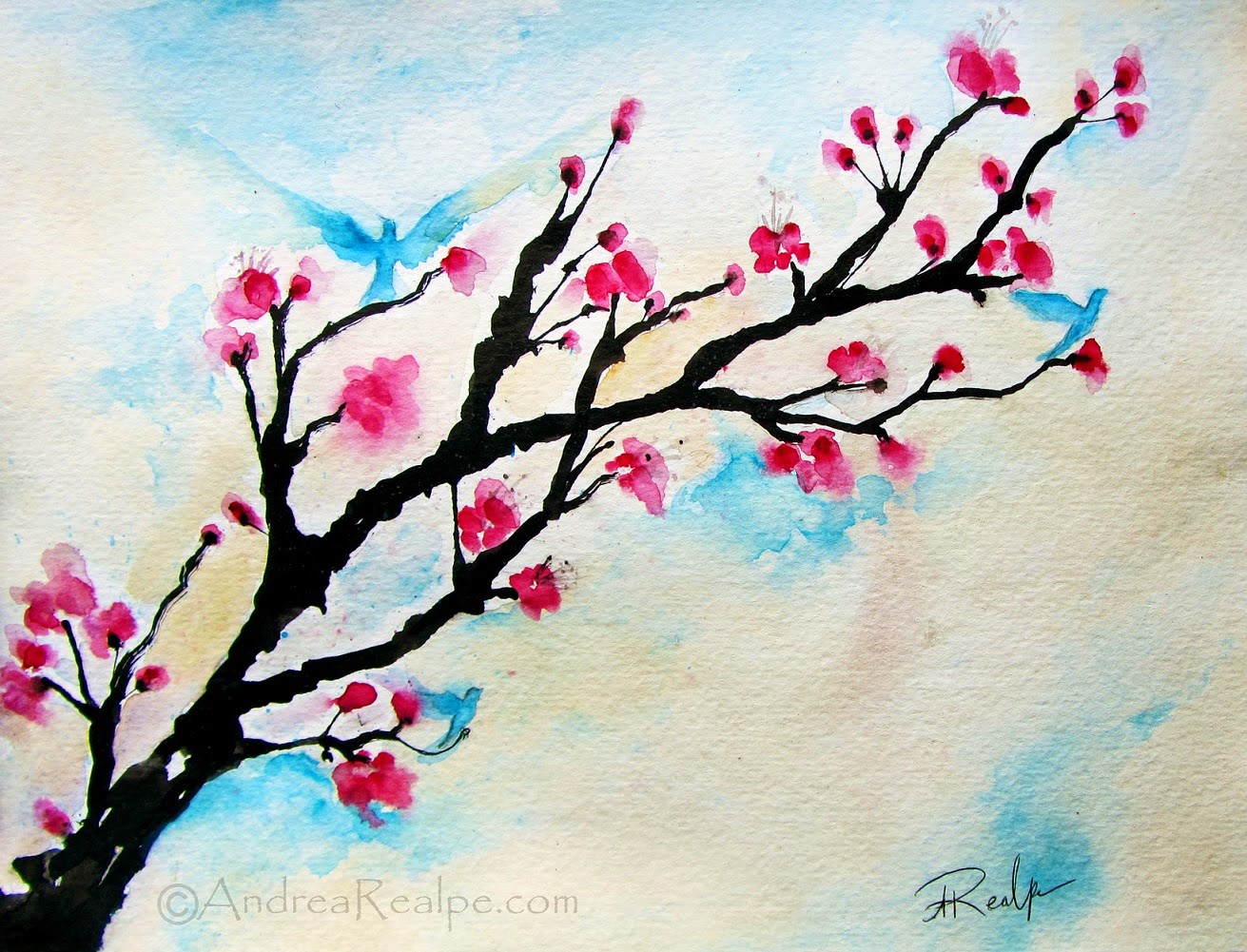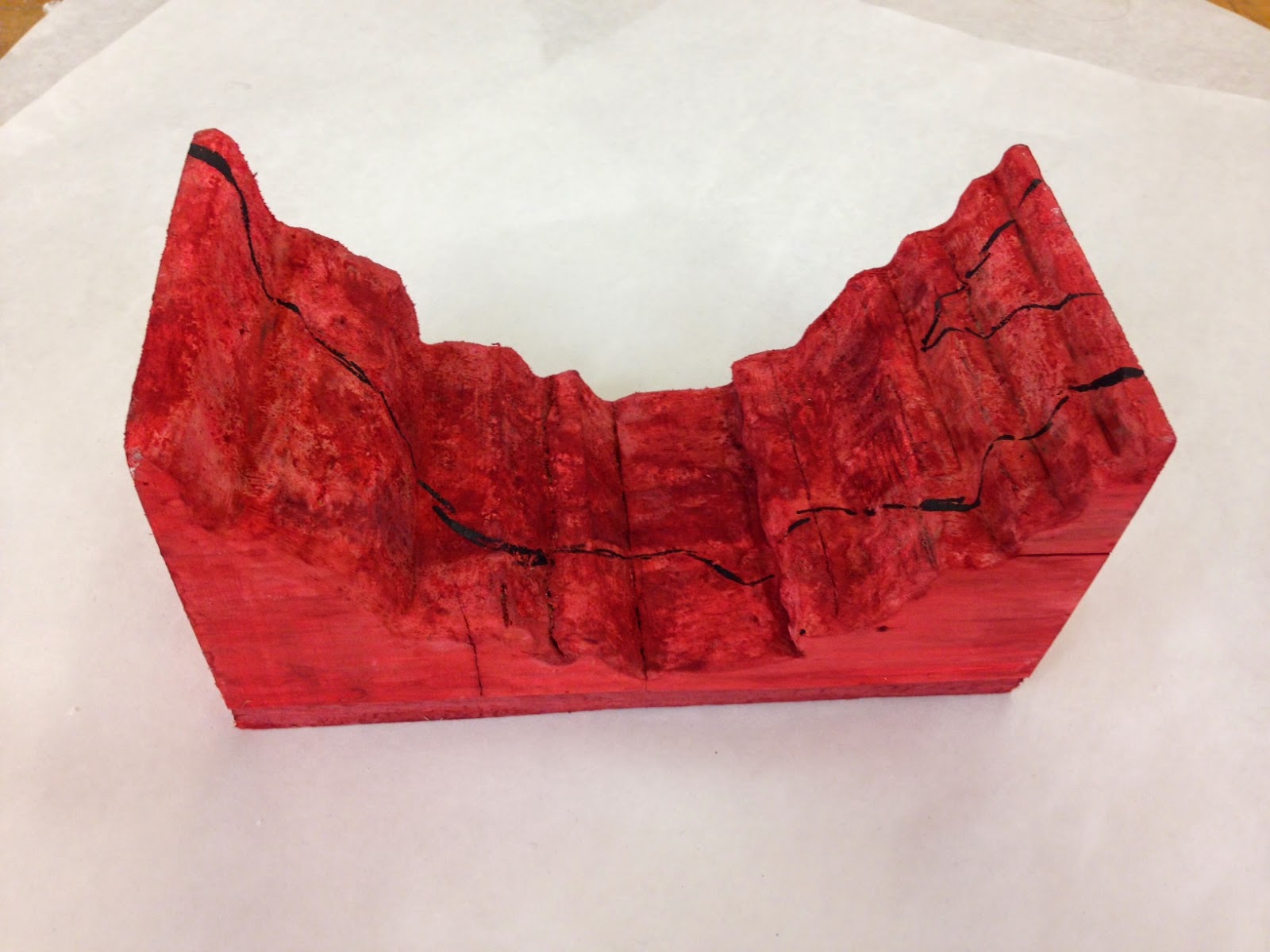The article
Touch discusses the significant and critical role sensory touch plays in child development. The sources in the article completed several studies on the effects of touch on babies, and found infants stroked three times a day for 15 minute intervals had weight gain improvement, better tempers, and had a closer relationship with their parents. "They [the babies] are better able to calm and console themselves," is what one study found of babies who were messaged daily.
The following are my observations and extended thoughts on the article.
Touch has been documented to play a pivotal role in a child's life, as children known to be deprived of physical contact develop less quickly. Touch stimulates the nervous system which provides many benefits for good health. Right from birth, infants desire and need to be held and caressed by their mothers. Often times when a baby is crying, a mother will pick up the child and caress it in order for it to stop crying. For touch seems to have a calming effect on babies, as well as people in general.
Physical touch is known to represent and create a sense of closeness between individuals of familial and interpersonal relationships. For one would not touch a stranger, or distant acquaintance. To touch a close friend, family member, or significant other would be more likely and also more culturally accepted. This is because touch is a universal symbol for closeness and intimacy.
Oxytocin, also known as "the love chemical" is a bonding chemical that when released, creates a chemical bond between people. Any form of physical touch triggers the release of this chemical in the brain. The first time a human is exposed to this chemical is when they are an infant being breastfed. The physical proximity of the baby and his mother produces a strong rush of oxytocin. This chemical creates closeness, trust, and intimacy with a baby and his mother, and strengthens the mother-infant relationship.
All humans need a degree of physical touch as it is an important part of human connection. Many health concerns are cured with natural touch. Cuddling and caressing your significant other literally kills depression. Holding your child's hand strengthens the bond between parent and child. Petting your pet causes blood pressure to drop among people with mood swings. Hugging you friend can make you feel happier and healthier. Overall, touch is the one sensory tactic humans are born with and desire right from birth. Before one learns to walk, speak, or put words into sentences, the person desires to touch without knowing why. Sensory touch is used to read pain, pleasure, temperature, comfort, and texture throughout life. Without the ability to read though one's finger tips, connection to the outside world would be rendered impossible. Perhaps this is why the phrase "out of touch" is used when someone steps away from reality. For not being able to touch the surrounding world would cause the inability to experience.



























































